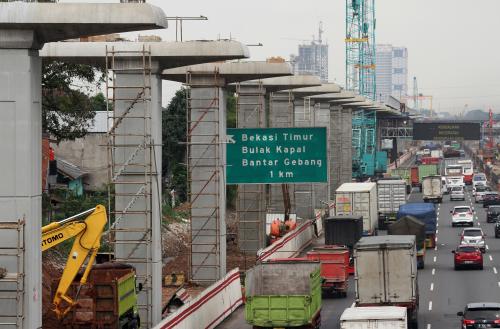Introduction
Russia is the second largest producer of oil and the largest producer of natural gas in the world. The abundance of these and other resources has been a key determinant of Russia’s economic evolution for decades. Throughout its modern history, the country’s political economy has centered on the transfer of value created in the resource sector to other parts of the economy. During the Soviet era, resource abundance made it possible to impose a costly economic structure on society. Today, the bounty from Russia’s resources continues to fuel its economy and its polity.
One of the main characteristics of the value distribution mechanism has been nontransparency. Under the Soviet regime the command-administrative system was able both to effect the value transfer and to conceal it by its formal pricing mechanism. In the post-Soviet era, new institutional structures evolved to perpetuate and hide the value transfers. In the past five years, significant progress in taxation policy and accounting practices has brought large shares of value transfer into the open. At the same time, the massive increase in the sheer volume of value produced in the resource sector has meant that large amounts of value continue to be distributed throughout the economy by nontransparent means. Unraveling how the wealth from Russia’s energy production is redistributed back into the economy remains key to understanding the country’s political economy.
The purpose of this paper is to estimate the total amount of value produced in Russia’s oil and gas sector, to outline the manner in which that value is distributed, and to discuss the implications of the value-distribution mechanisms for the continued production of this wealth.


Commentary
Resource Rents and the Russian Economy
November 1, 2005